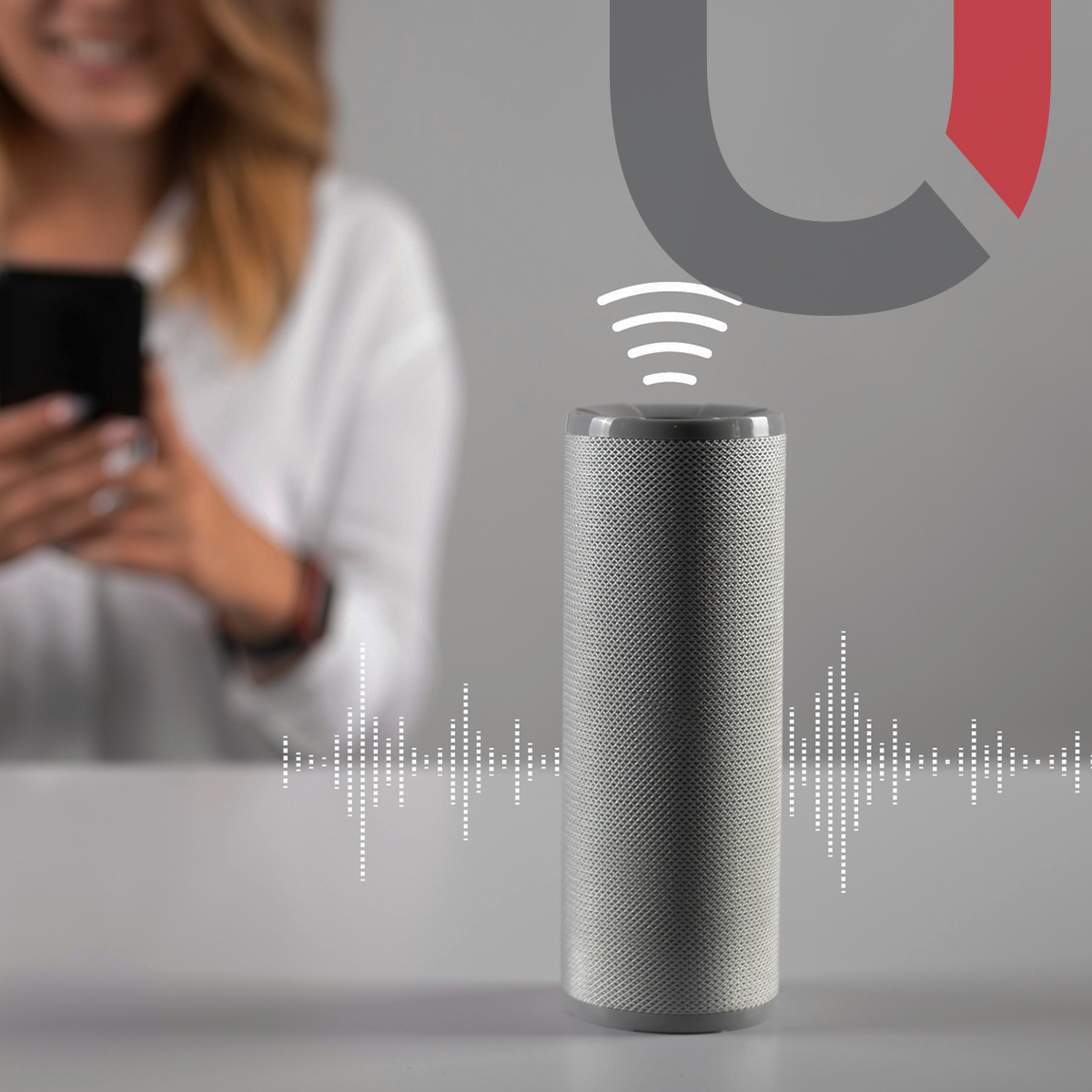It isn’t realistic for sales representatives to give lead scoring. This time-consuming task leaves them with little time for their core responsibility – bringing in revenue through conversions.
Not all leads are the same, and reps need to know precisely where each buyer is in the sales funnel to nurture them effectively.
To add to this:
- Generating leads is a priority for 35% of marketers in 2022
- But 27% of them consider it as their biggest challenge
- And a key challenge for 79% of businesses is generating “quality” leads
One of the best ways to ensure qualitative lead generation is to introduce a Lead Scoring model.
There are different approaches to lead scoring. In our 2-part blog series, we’ll cover the valuable approach for beginners in Part 1. Next, we’ll discuss the more advanced approach of “predictive” lead scoring in Part 2.
What is Lead Scoring?
Lead scoring assigns specific numerical values to leads whenever they take action. The value depends on the type of action and its significance. For instance, a lead visiting your website will have a lower score than someone who downloads your eBook (this indicates better purchase intent).
Other actions could be filling up contact forms, responding to emails, attending webinars, watching the brand’s videos, and more. As the lead continues taking action, its score keeps increasing. And once the score reaches a pre-specified limit for consideration, the lead is a hot prospect.
Your lead scoring model must be aligned with your business objectives. If your goal is to earn more conversions, assign more points to someone who fills up a form than someone who may have the money but low purchase intent.
Consider THIS for an effective Lead Scoring model
One commonly used method is turning back to previously converted leads and understanding what prompted them to close the deal and their engagement levels. But this becomes complicated as you scale.
There are two methods you can use to streamline your efforts.
Explicit Scoring
Explicit scoring will ensure you’re talking to the right person capable of purchasing from you. To figure this out, you can rely on demographics, job titles, experience, company size, and revenue.
For instance, if the lead is from a location you don’t serve, assign them a lower value. But if the decision-maker fits right within your ICP, go higher.
Implicit Scoring
In this method, you score leads based on their engagement with your content, such as email sign-ups, website views, and case study downloads.
Here, a lead subscribing to your newsletter will get lower points than someone who opens your emails regularly. In the case of website views, a person visiting the pricing page will get more points than the homepage.
Remember to include negative scoring. Such as, if a prospect becomes stagnant over a certain period, take away some points.
Why should you deploy Lead Scoring?
The simple answer – to reach quality leads in less time.
Some other ways lead scoring can help is by
- Cutting through the noise and only scoring qualitative leads.
- Increasing revenue opportunities as engaged leads are more likely to convert.
- Helping spot leads and avoiding revenue leaks.
- Fostering a more collaborative cross-team culture.
- Giving an analytical rather than subjective perspective over lead quality.
The Bottom Line
If you have an effective lead scoring model, you can focus on more conversions and revenue. All this without relying just on the instincts of the sales team but on insights backed by data.In Part 2, we cover Predictive Lead Scoring, an advanced method that makes the lead scoring process simpler and quicker.






